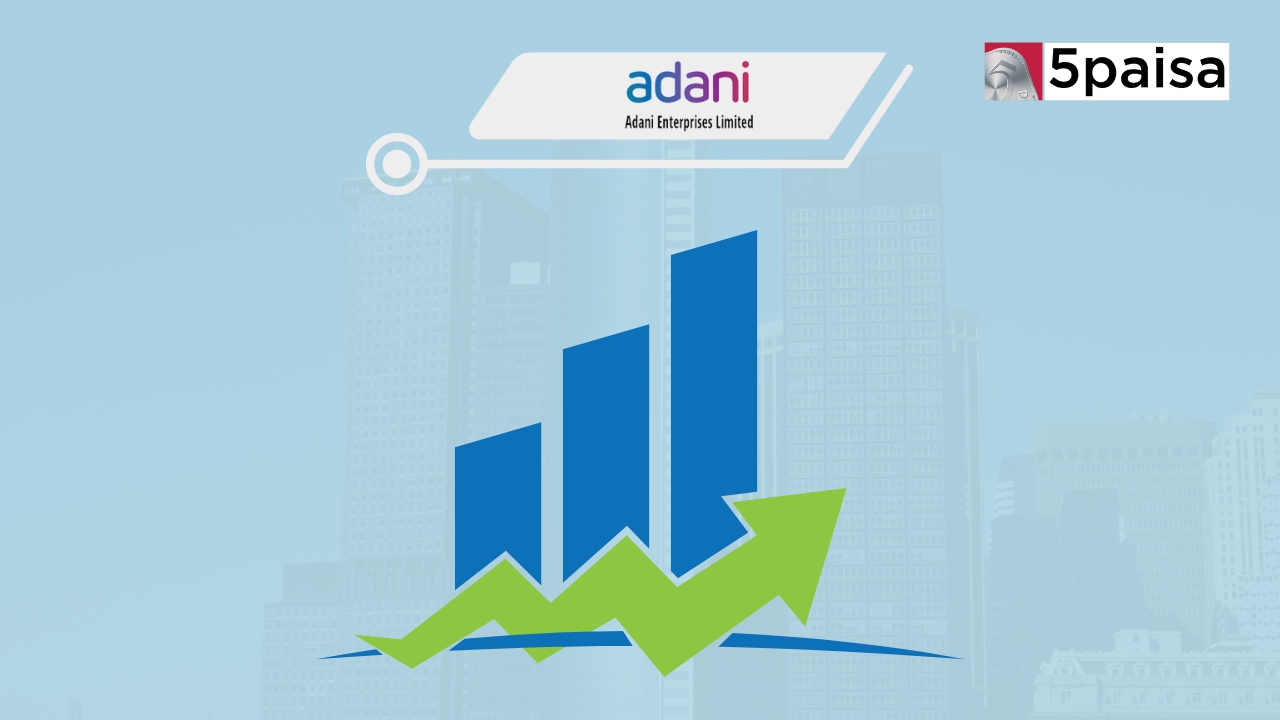SEBI Poised for Significant Action Following Warnings on SME IPOs
FPIs will now have dedicated India focused allocation

Last Updated: 13th December 2022 - 05:35 pm
Foreign portfolio investors have been aggressive investors in the last few years. The table below captures the net FPI flows in all the financial years (April to March) since 1999. What do we gather from this date. Since the time FPIs were allowed to invest in India, they have infused a total of $235 billion into Indian equities. Apart from taking out profits via repatriation to their domiciles, these FPIs have also retained most of their profits in India. Today, the average AUM of FPIs in India is around $650 billion. That means, India is a significant market as far as FPIs are concerned; in terms of allocation and assets in custody.
|
|
|
|
|
|
|
|
|
|
|
|
|
|
|
|
|
|
|
|
|
|
|
|
|
|
|
|
|
|
|
|
|
|
|
|
|
|
|
|
|
|
|
|
|
|
|
|
|
|
|
|
|
|
|
|
|
|
|
|
|
|
|
|
|
|
|
|
|
|
|
|
|
|
|
|
|
|
|
|
|
|
|
|
|
|
|
|
|
|
|
|
|
|
|
|
|
|
|
|
|
|
|
|
|
|
|
|
|
|
|
|
|
|
|
|
|
|
|
|
|
|
|
|
|
|
|
|
|
|
|
|
|
|
|
|
|
|
|
|
|
|
|
|
|
|
|
|
|
|
|
|
|
|
|
|
However, there is a slight disconnect between the ground reality and the way India is viewed at as an investment destination. That is something like a world view of investing in India. Despite having infused $235 billion net into India, having AUM of over $650 billion and repatriating billions of dollars in profits; India still does not have a country specific allocation. The allocation is still done as part of a larger universe called Asian Emerging Markets. Till now, the only emerging market in Asia to have country allocation status is China. Now that is changing and India has also been upgraded. Here is how.
It is now official that the global investment community has upgraded India as a dedicated allocation in their investment portfolios. Till now, only China was a dedicated country allocation and India got clubbed as Asian EMs (ex-China) and along with other countries like South Korea, Taiwan, Philippines, Thailand, Indonesia and Malaysia. Considering that India will be the fastest growing large economy in the world in 2022 and 2023, that was a huge disconnect with the ground reality. Now India has been upgraded, due to its strong economy, stable government and significant reforms undertaken in the last 8 years.
The reasons are not far to seek. India is a salivating growth story for most investors for several reasons.
• It is a $3.5 trillion economy and poised to be a $5 trillion economy in the next 5-6 years. That is a lot of growth potential in the coming few years.
• India offers a wide choice to investors. If you are looking at size, then the top 100 large cap companies have a market cap in excess of $10 billion.
• Government reforms process has become streamlined and India is making its voice heard in international forums. That is a sign of an economy growing in heft.
• This year and, perhaps the next, India is likely to outgrow China by at least 300 to 400 basis points. That shifts a lot of advantage to India over China.
• Outsourcing is emerging as a big story for India with the likes of Apple, Airbus and Boeing looking at India as a potential hut to outsource manufacturing.
• India is already the fifth largest economy in the world and poised to be the third largest after the US and China by the year 2032. Investors also expect that such a huge GDP shift would also translate into market cap shift as India upgrades to become among the top 5 markets in terms of market cap also.
The shifting equations are clear in November. When other EMs were still under pressure on capital flows, India attracted flows to the tune of $5 billion from FPIs alone. This comes on top of an impressive $6.44 billion infused by the FPIs in August this year. More importantly, the Indian companies have come to terms with supply chain challenges, cost push inflation and higher interest costs. That shows the resilience of corporate India, which is a key trigger for upgrading India as a distinct asset class by these foreign portfolio investors. FPIs also see the Indian markets delicately poised with the rate hikes about to peak out in India too.
Some investors argue that China is more attractively valued compared to India and that could be true. However, China seems to have larger problems on the global stage from its international relationships to its stringent zero-COVID policy. India may not become the factory to the world overnight, but the trends are clear. For global investors, India is the big long idea and you cannot afford to club it with other EMs. In the process, India may have just emerged as a distinct asset class for global investors.
Trending on 5paisa
Discover more of what matters to you.
Indian Market Related Articles
Disclaimer: Investment in securities market are subject to market risks, read all the related documents carefully before investing. For detailed disclaimer please Click here.
 Tanushree Jaiswal
Tanushree Jaiswal




